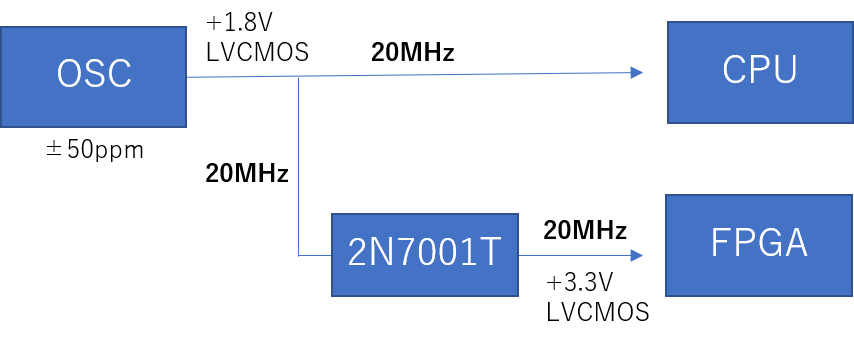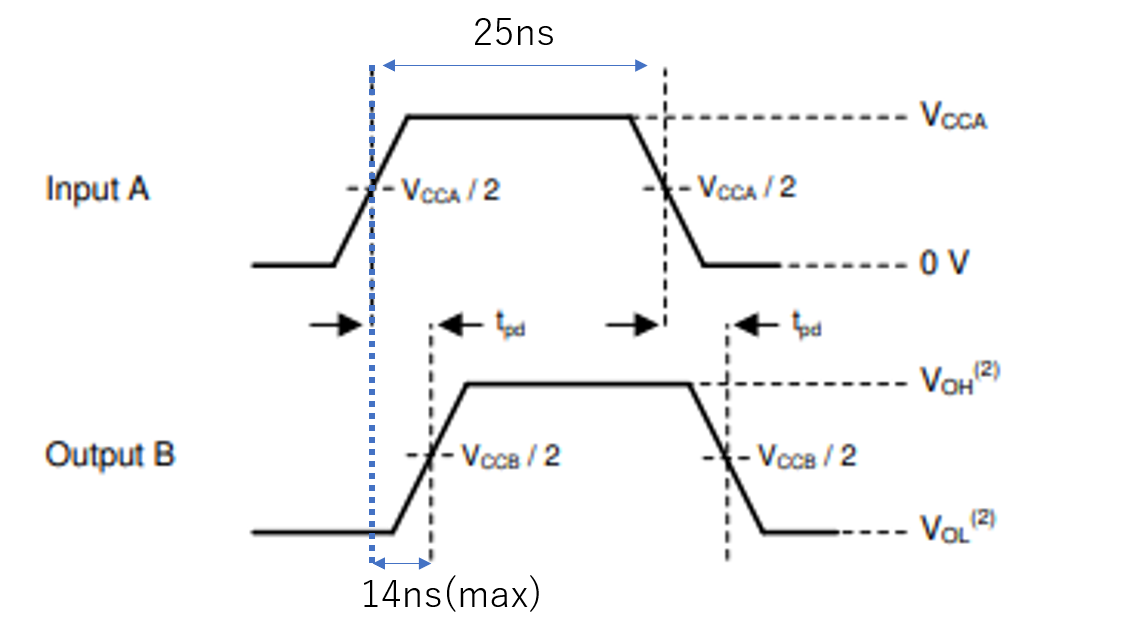Dear all,
I would like to ask about 2N7001T.
Our customer is considering using 2N7001T to change the clock signal of 1.8V (20MHz) to the clock signal of 3.3V as shown in the figure below.
Can the 2N7001T be used for the above purposes?
When I confirm the post of E2E, there is the following link, and 2N7001T was introduced as an IC that can convert the clock signal of 26MHz,
so I think that it can be used for the conversion of the clock signal of 20MHz.
Besr Regards,
Y.Ottey





